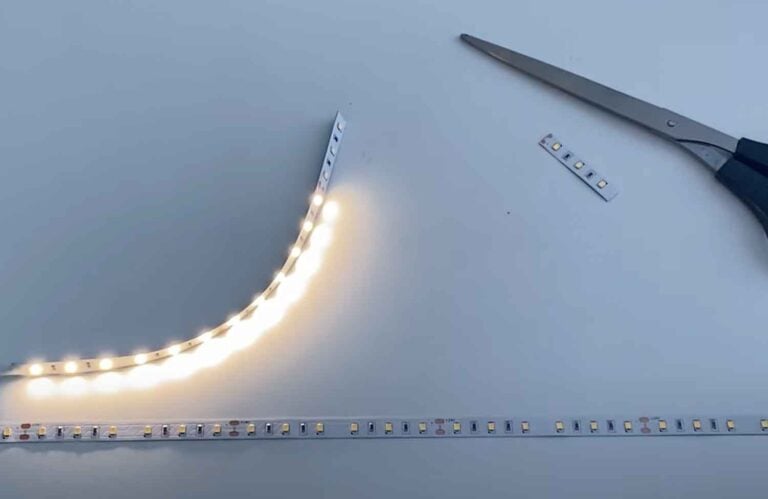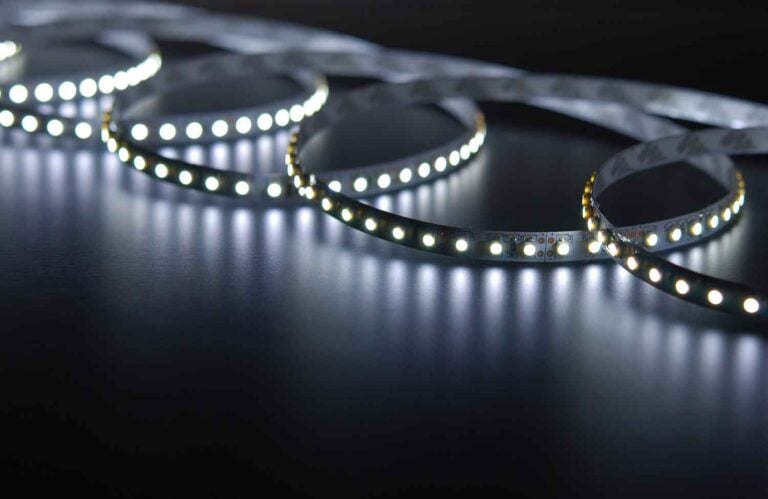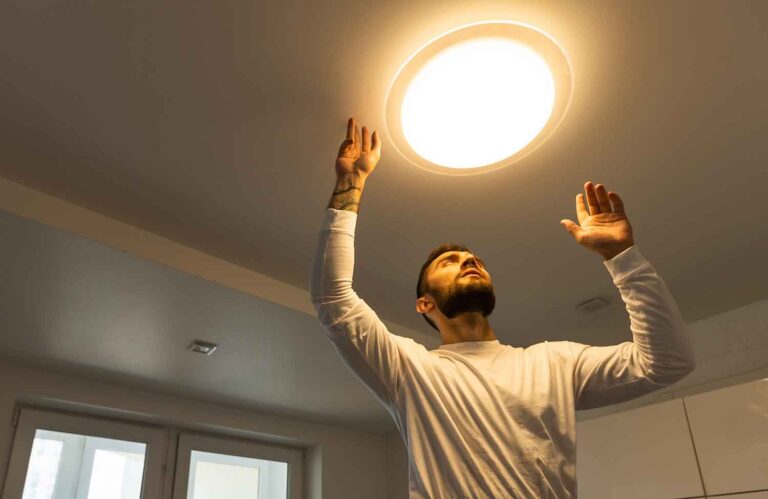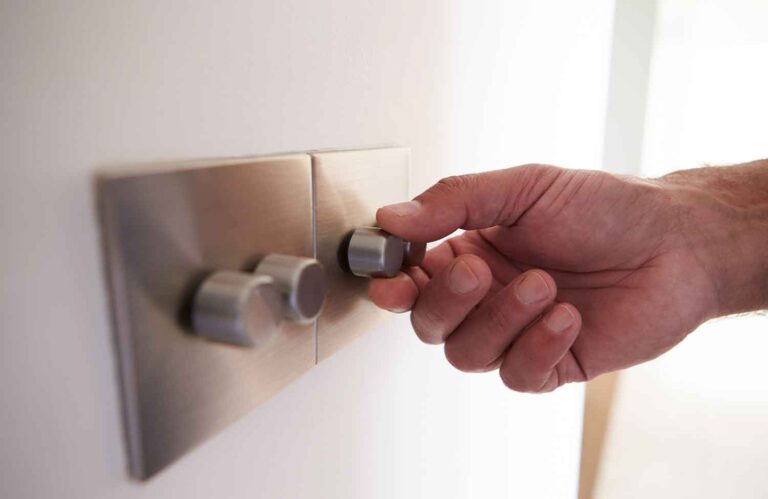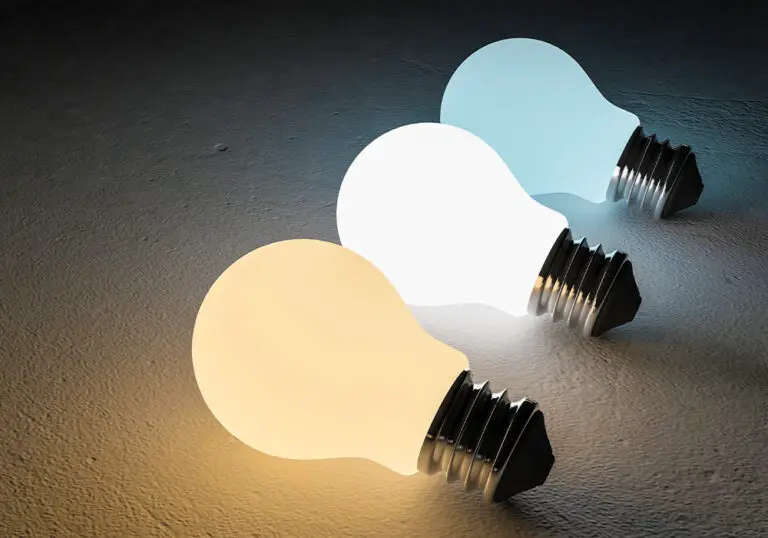Safety of LED Lights: Understanding Their Health and Environmental Impact
Light-emitting diodes, commonly known as LEDs, have revolutionised the lighting industry with their energy efficiency and longevity. As they replace traditional lighting solutions in homes, workplaces, and public spaces, their safety has become a matter of interest and investigation. LEDs are fundamentally different in their design, emitting light when an electric current passes through semiconductor material, thus they require safety evaluation distinct from incandescent or fluorescent lights.
Safety assessments have shown that the optical radiation emitted by LEDs is not hazardous to your health under normal conditions of use. Concerns often arise regarding blue light exposure, which is present in the cooler, daylight-like spectrum of LED lighting. High-intensity blue light may affect the eye over the long term, yet the exposure from typical LED lighting is considered to be well within safe limits. With proper usage, including choosing LEDs with appropriate colour temperatures and ratings, you can mitigate potential risks and enjoy the benefits that this technology brings to daily life.
Key Takeaways
- LEDs offer energy efficiency and have a different design from traditional lighting.
- Normal use of LED lighting is considered safe for health.
- Selecting the correct LED specifications can minimise exposure to blue light.
Basics of LED Light Safety
Your safety is paramount when using LED lights. This section will discuss the technologies behind LEDs, their emission spectra, and the standards governing their safety.
Understanding LED Technology
LEDs, or light-emitting diodes, are semiconductor devices that produce light when an electrical current is applied. You’ll find that LEDs are more energy-efficient and longer-lasting than traditional incandescent bulbs due to their low heat emission and instant on/off capabilities.
Spectral Power Distribution
The spectral power distribution (SPD) of an LED light refers to the range of wavelengths and the intensity of the light it emits. Since LEDs do not emit UV rays and emit very little infrared light, they are generally considered safe for your skin and materials sensitive to light.
Photobiological Standards
Photobiological safety standards are in place to protect you from the potential hazards of light exposure. LEDs are typically designed to meet these standards, ensuring that the light emitted does not harm your eyes or skin. Noteworthy standards include the IESNA RP-27 series in America and the EN 62471 in Europe, which categorise LEDs based on photobiological risk.
Potential Risks and Concerns
When considering the safety of LED lighting, it’s important to be aware of risks associated with blue light exposure, flicker sensitivity, and electrical safety.
Blue Light Hazard
Exposure to blue-rich LED light can impact your circadian rhythm and may suppress the production of melatonin, a hormone responsible for regulating sleep. Studies suggest that prolonged exposure, particularly before bedtime, can disrupt your sleep patterns and is linked with various health issues.
Flicker and Glare
LED lights can produce a flicker, which is a rapid variation in light output. Even if this flicker is imperceptible to the human eye, it can cause discomfort, eye strain, and, in rare cases, may trigger photosensitive epileptic seizures. Glare from poorly designed LED lighting can also lead to visual discomfort and reduced visibility, potentially causing safety concerns.
Electrical Safety Considerations
While LED lights typically operate at low voltages, improper installation or failures in the fixture can pose shock or fire risks. Ensuring that your LED products are compliant with relevant standards and regulations is critical for your safety. Always have a qualified electrician perform or verify installations to prevent electrical hazards.
LED Usage Guidelines
Adherence to safety and quality standards ensures the safe operation of LED lighting systems.
Proper Installation Practices
Ensure electrical compatibility: Before installing LED lights, check that the voltage ratings and socket types match your existing fittings. Incompatible components can lead to electrical hazards.
Avoid exposure to moisture: Unless specifically designed for outdoor use, keep LED lights away from water. Moist environments can compromise the integrity of the lights.
Choosing Quality LED Products
Look for certifications and marks: Purchase LEDs that have relevant safety certifications, such as the CE mark, which indicates compliance with European safety standards.
Consider luminous efficacy: High efficacy LEDs provide more light output while consuming less power, reducing the risk of overheating and ensuring energy efficiency.

